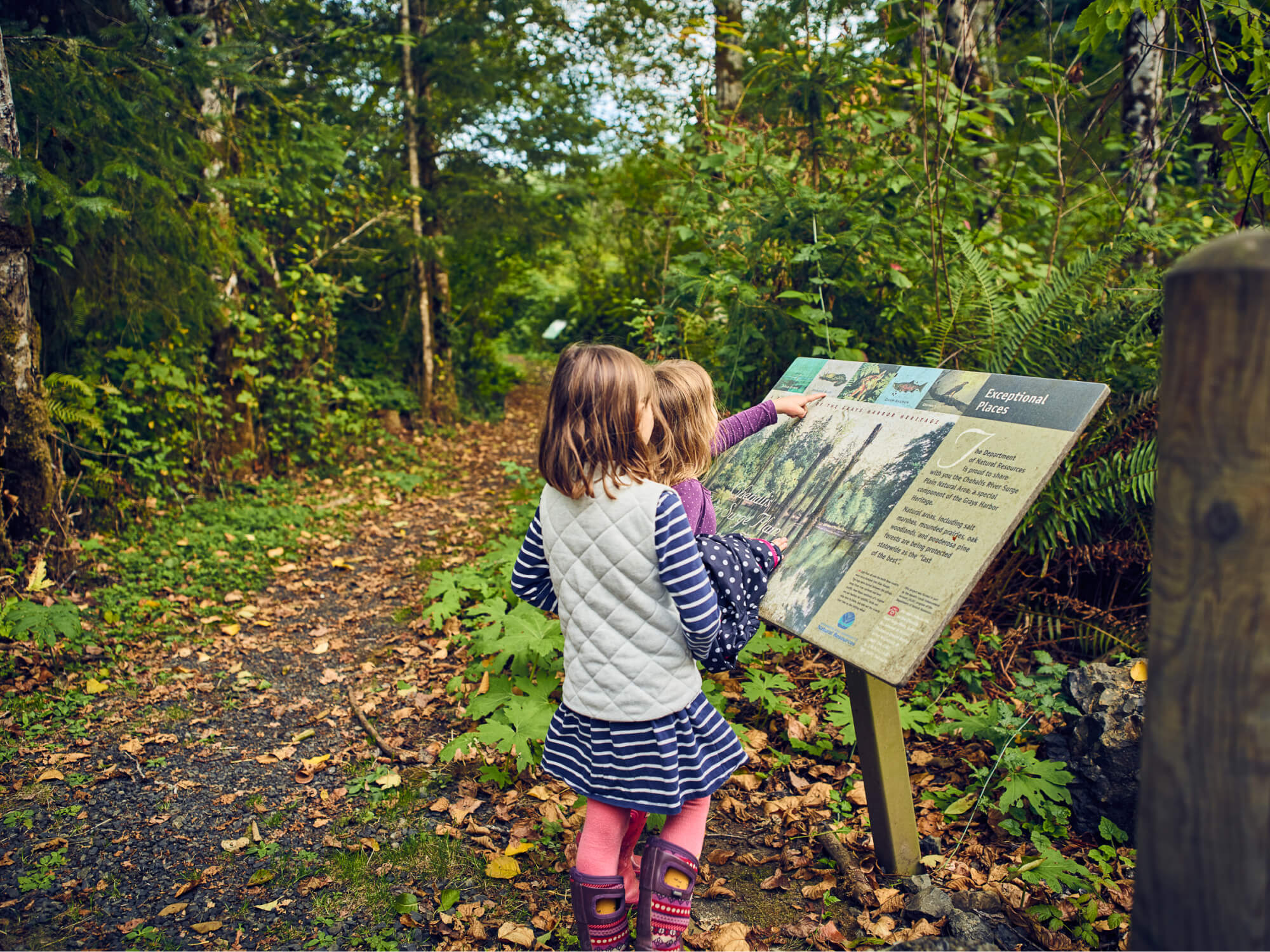
In the heart of the Methow Valley, WRC is working to protect two crucial properties on the Methow and Chewuch rivers. Our efforts will enable critically needed restoration of salmon and steelhead habitat while conserving hundreds of acres of prime forestland, wetlands, river frontage and floodplain habitat within a landscape of protected areas.
Photography |Ellen Bishop

A major tributary to the Klamath, the Scott River, is California’s most important river for wild coho salmon, which are threatened or endangered throughout most of their range. WRC is working to restore significant flows to the South Fork Scott River, the largest, cleanest and coldest tributary to the Scott.
Photography |Nate Wilson

WRC is working to conserve both the Rattray and Campbell ranches at Thirtymile Creek to protect the most important cold-water tributary to the lower John Day. The stream is a lifeline for threatened summer steelhead. Our effort will secure public access to the John Day along the only feasible access point within a 70-mile stretch of the Wild and Scenic River corridor.
Photography |Josh Humbert

The Salmon River plays host to one of the greatest fish migrations on Earth: the annual return of salmon and steelhead to spawning grounds high in the Rocky Mountains. Following our conservation of a key reach of the lower Salmon, WRC is now working to preserve critical headwater streams to both the Salmon and Middle Fork Salmon as part of our long-term commitment to this extraordinary river basin.
Photography |Kirk Anderson

In Sonoma County, WRC is working to conserve a 4,344-acre ranch, a project that will protect a prime reach of the Wheatfield Fork Gualala River, thousands of acres of rolling oak woodlands and over 40 acres of rare, old growth redwoods. The Gualala River basin is one of the last few places in the state that supports populations of both threatened Northern California Coast winter steelhead and endangered Central California Coast coho.
Photography |Jason Hartwick

WRC is working to conserve over 18,000 acres in Colorado’s high San Luis Valley in an effort to preserve prime fish and wildlife habit and improve public access along the upper Rio Grande and its tributaries. In addition to protecting over four miles of the Rio Grande, we are conserving prime reaches of the Conejos and Los Pinos rivers.
Photography |Christi Bode

WRC is conserving strategic properties along the crucially important Wild and Scenic North Umpqua River, one of the West’s great salmon strongholds. Our recent efforts protected a mile of the river, including prime salmon habitat and old-growth forest, while safeguarding the westernmost trailhead on the 79-mile North Umpqua Trail, at the head of the fly-fishing-only water.
Photography |Tyler Roemer

WRC is working to conserve 2,900 acres along the mighty Snake River, just south of Lewiston. Our efforts will protect four miles of the Snake and some of the most important lambing habitat for bighorn sheep in the Pacific Northwest. This will be a significant win, not only for bighorns, but also for the fall Chinook, steelhead and other fish and wildlife that depend on the Snake to survive.
Photography |Kirk Anderson

On the shores of Washington’s Lake Wenatchee and Nason Creek, WRC is working to permanently conserve Nason Ridge, a 3,714 acre property crisscrossed with a network of trails used by hikers, cross-country skiers and mountain bikers. Originally slated for timber harvest, the property is now poised for protection after we purchased it in 2018. The project will conserve two miles of Nason Creek, one of the top-priority salmon streams in the Columbia Basin.
Photography |John Marshall

WRC has been working along the Sandy and its major tributaries, the Little Sandy, Bull Run and Salmon Rivers since 1999 in an effort to create a 4,500-acre wild refuge for fish, wildlife and people just thirty minutes from Portland. Nearly two decades and two dam removals since the project’s beginning, more than 4,500 acres have been permanently conserved.
Photography |Steve Terrill
